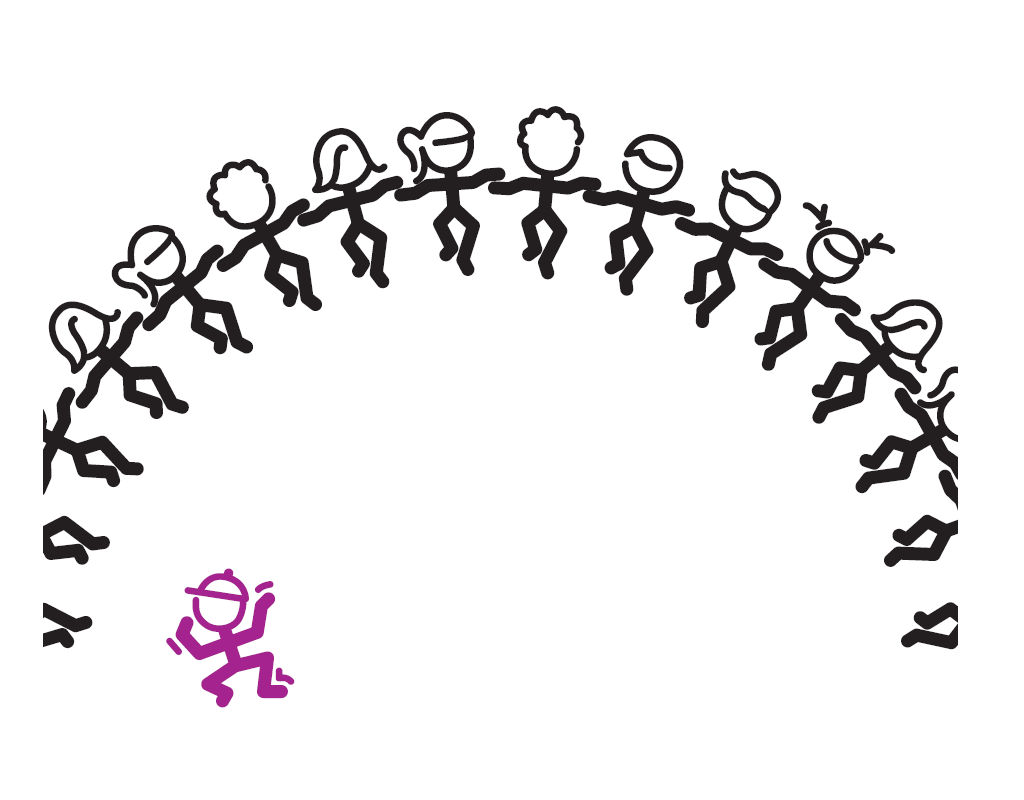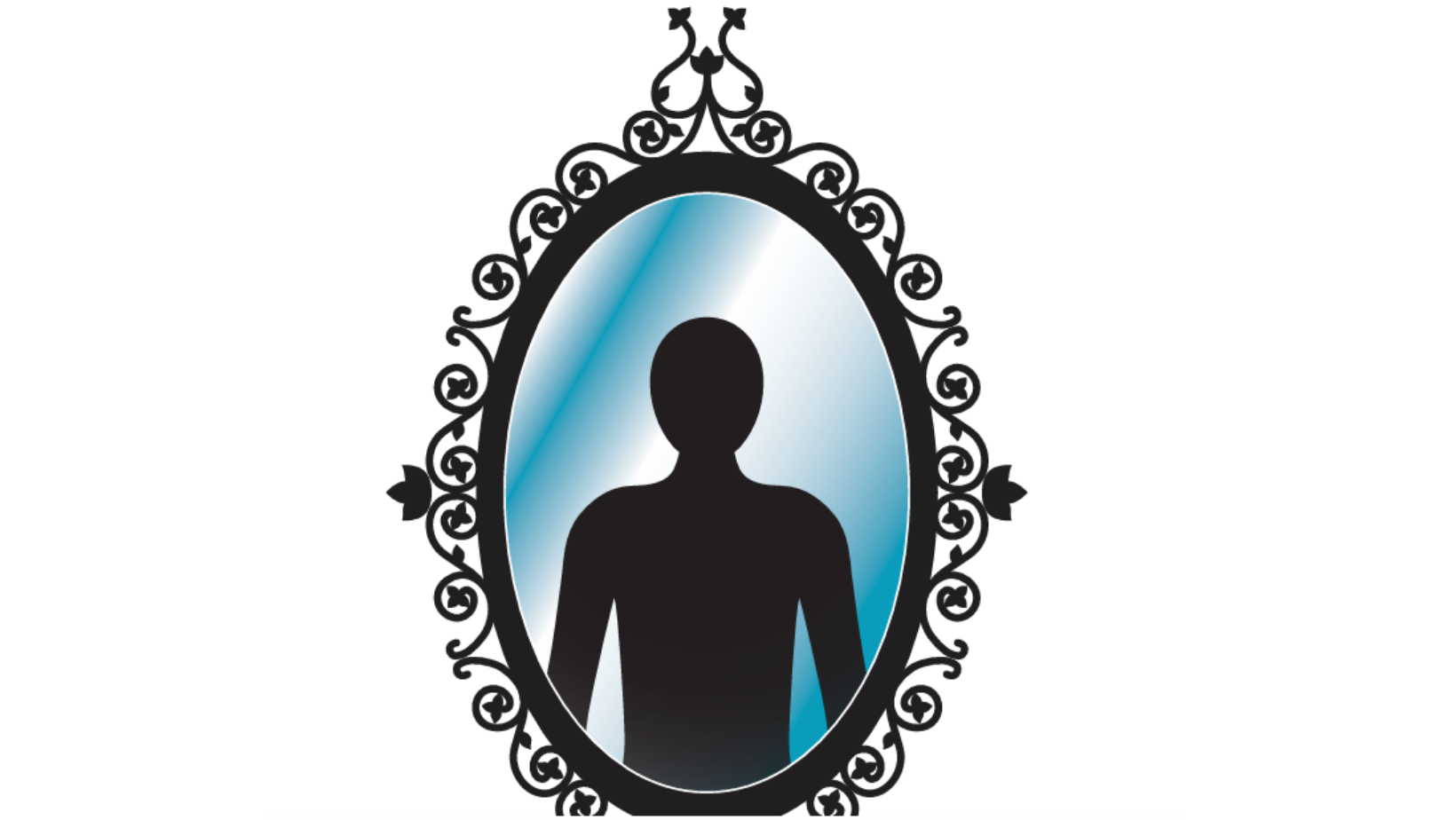Our son Aydan Ziqry has autism. He was first diagnosed with Pervasive Developmental Disorder-Not Otherwise Specified or PDD-NOS when he was about three and a half years old.
A person is diagnosed with PDD-NOS if they have some behaviours seen in autism but do not meet the full criteria for having autism. All children with PDD-NOS do not have the same symptoms. For Aydan, his symptoms were mild.
He lined up his toy cars and gazed at them for hours. He jumped and shouted when he was upset or excited. He would wave his hands close to his face and was very sensitive to loud noises. He was very picky with food. He preferred to play and be alone, even when there were peers around.
Back then, Aydan would rattle off the alphabet forward and backward, describecomplex shapes and identify names of the different planets in the solar system. He was not even two yet! Our first inkling that Aydan could be on the spectrum was at a routine check-up with his paediatrician. The doctor was not impressed with what Aydan could do. He was more concerned that Aydan had not met his milestones such as maintaining eye contact. Or the fact that Aydan did not talk to us but communicated through grunts and gestures.
We thought the doctor was being too presumptuous and dismissed what he said. But to be honest, I couldn’t stop thinking about it.
Our encounter with what life with autism would be like for Aydan hit us a year later. By then, Aydan was 3 and in pre-nursery.I received an email from his teacher suggesting perhaps it is best that he did not participate in the school concert. Aydan, his teacher said, preferred ‘to move around’ and was not able to follow the dance steps during practice, like the rest of his class.
That email broke my heart.
We took Aydan out of school at the end of the year, but not before insisting he perform with the rest of his classmates. It was about this time too that we decided to seek a diagnosis for Aydan. We sought second and third opinions from different medical experts, just to be sure. All said the same thing. Aydan was definitely on the spectrum and he needed help.
A JOURNEY WITH AUTISM
The wait was long – at least six months we were told – for a place at a government subsidised centre. We were thankful that we had the means to send Aydan to a private centre and a home-based speech and language therapy while we wait.
It was a financial struggle nonetheless before we finally secured Aydan a place more than a year later at WeCan, an Early Intervention Programme for Infants & Children (EIPIC) run by Autism Resource Centre (ARC).
EIPIC provides therapy and educational support services for infants and young children with special needs by equipping them with the necessary skills to overcome developmental delays as far as possible.
Aydan’s therapists suggested he attend school at a mainstream kindergarten as he displayed the ability to assimilate in a mainstream curriculum and environment. He would also benefit from the interaction with other kids.
However, we spent several frustrating months looking for a school. All rejected his application after we were upfront about Aydan’s condition. We almost gave up before we found Aydan a school, totally by chance.
The principal of the school saw in Aydan, not a child with special needs, but a child with potential. Aydan stayed in this school for two years. He was given opportunities to perform in the school concerts and even had his own dance segment during his graduation concert! It was also in this school that Aydan made a friend.
We are forever grateful to the principal and her teachers for giving Aydan a chance. In 2019, Aydan turns eight. He will be in Pathlight School Primary 1 Standard after ‘graduating’ from Primary 1 Foundation the year before.
Aydan’s progress report at the end of Primary 1 Foundation reflected he had put in good effort and showed great improvement. To be honest, my husband and I were not too interested in how he did in English or Mathematics. We were just grateful he is being educated by teachers who accept him for who he is, in an environment that understands he learns differently, and who are as keen to see him grow as a person.
TOWARDS A MORE INCLUSIVE SOCIETY
Singapore has come a long way – in a short space of time – in creating a more inclusive environment for people with autism, as well as other forms of special needs.
There are many government initiatives, including the Enabling Masterplan, aimed at creating a more inclusive society for those with disabilities. Things are moving in the right direction.
There are more places for early intervention today and the number is set to increase in the future. The government has also pledged more support for Special Education Schools (SPED).
Further upstream, plans are also afoot to ensure special needs children are prepared for life after school, when they turn 18, including those who are unable to be gainfully employed.
For those who can work and contribute to the economy, companies are given incentives to hire them. As a parent of a child with autism, these developments are indeed welcomed.
According to the 2016 Enabling Masterplan, one in 150 children in Singapore has autism. This is higher than the global statistics of one in 160 children, although experts have attributed this to greater awareness rather than a greater prevalence of autism here, according to a report by The Straits Times.
Awareness of the special needs community, among the neurotypical members of society too, has been increasing in Singapore. Efforts from both government and non-governmental organisations have helped tremendously towards this cause.
One such effort is the National Council of Social Service’s (NCSS) ‘See the True Me’ campaign, a five-year public education initiative that started in 2016 to promote the inclusion of persons with disabilities in Singapore.
The campaign helps create greater awareness and understanding of persons with disabilities, including children with special needs. I am often asked by friends, acquaintances and in media interviews about the level of awareness, and more importantly, acceptance of children with special needs in Singapore. How do we create an inclusive society?
My answer to the first question is – it depends.
Those who see Aydan as ‘less’ and a burden, will close doors and opportunities for him, thus fulfilling that prophecy.
Then, there are others who can look beyond his limitations, appreciate his strengths, and encourage his potential to grow and develop like any other child.
Some parents dream of their child becoming doctors, lawyers, inventors, or the next Mark Zuckerberg even.
Us? We dream of Aydan leading a meaningful and purposeful life. We want Aydan to know that his diagnosis does not define what he can or cannot do. We need a society that is willing to take a chance on children like Aydan, treating them as equals, providing them with all the opportunities they need to achieve their potential. Acceptance is key to more opportunities and a chance for Aydan to live his life meaningfully and purposefully.
So how then do we create an inclusive society?
We can do this simply by being kind.
OUR ROLE IN THIS INCLUSIVE SOCIETY
It starts with you and me as individuals. No government masterplan or campaign can imbue this sense of inclusivity if we close our eyes, ears and most importantly, hearts to those who are different than us.
I have lost count the number of times we get rude stares and snide remarks when Aydan has a meltdown or stims in public.
I am the first to admit though, that it is very hard to look away when you see someone stim. Stimming, short for ‘self-stimulatory behaviour’ is often odd-looking, random and the most conspicuous behaviour a person with autism can have. When Aydan stims, he is enjoying the sensation it creates and the state of mind that sensation produces.
A person with autism can stim on almost anything. It just needs to be something that appeals to them. Aydan used to stim by jumping, yelling and singing. He now engages in self-talk (or TV-talk as we call it, because he is saying lines from different cartoons) as he flaps his hands close to his face.
All these actions clearly look peculiar. Those who stare usually look at me questioningly, wondering why I do not stop him. Aydan stims to cope. When his environment overwhelms him, it creates anxiety. Thus, stimming is his way of shutting things out so that he can calm down. To be kind is to understand that this is a reflex.
When Aydan sits alone in a room, do not think he prefers to be left by himself. He longs for that human connection, but he does not know how.
Encourage your child to talk to someone like Aydan, show him something interesting, and invite him to play. In these instances, Aydan may not respond immediately, but you would have given your child the opportunity to show compassion, empathy, kindness and respect. You would have encouraged him or her to appreciate the differences and unique abilities that a child such as Aydan has.
Aydan has taught me patience, tenacity, determination and humility on a level that I never thought would be possible: to see Aydan wrestle with things that we take for granted and to see the kindness people show to Aydan when they don’t need to.
He has also taught me to slow down, live in the moment and seek joy. Aydan has no concept of age appropriateness nor is he affected by peer pressure. Aydan dances to his own beat and he finds joy in life. He has been watching the same videos and cartoons since he was three, pauses at the same parts and still laughs. Aydan can dance like no one is watching, even if it’s in the middle of a busy supermarket. He sings like no one is listening even while in the crowded lift.
He may not be able to do as many things as other people can, but our son has taught us things that has enriched our lives. Our son’s story perhaps reflects the worst and best of society in accepting children with autism, and other special needs for that matter.
Those like Aydan do not see the world the same way as we do. I wish more can see Aydan as someone with a different ability and not see his autism as a disability. Just like you and I, Aydan too is trying to find his place in the world. Aydan may be different, but he is not less. ⬛
Julianawarti Jumali is a Principal Consultant at Ong Teng Cheong Labour Leadership Institute, National Trades Union Congress (NTUC). She chronicles her family’s autism journey on Instagram @juliana_j. She is a mother to two boys – Aydan Ziqry & Aadil Hari.








